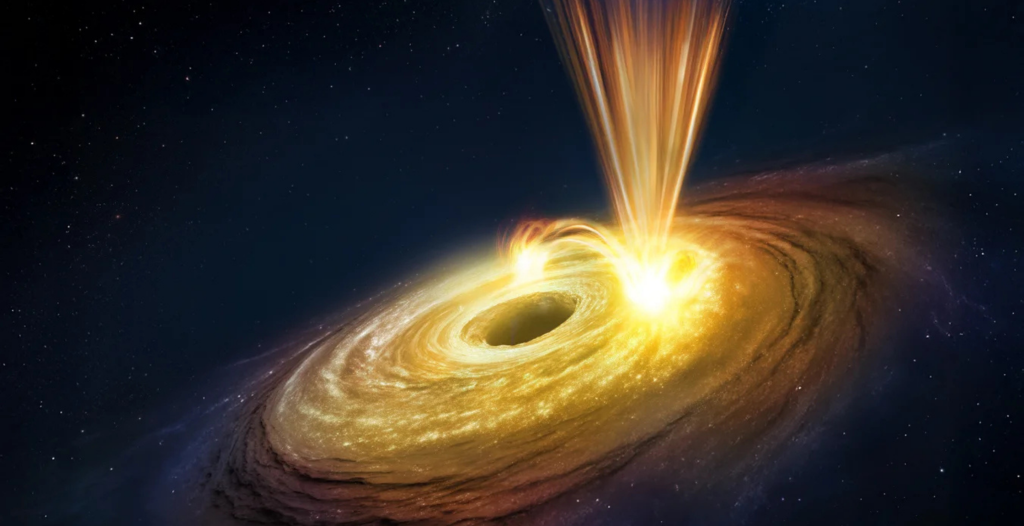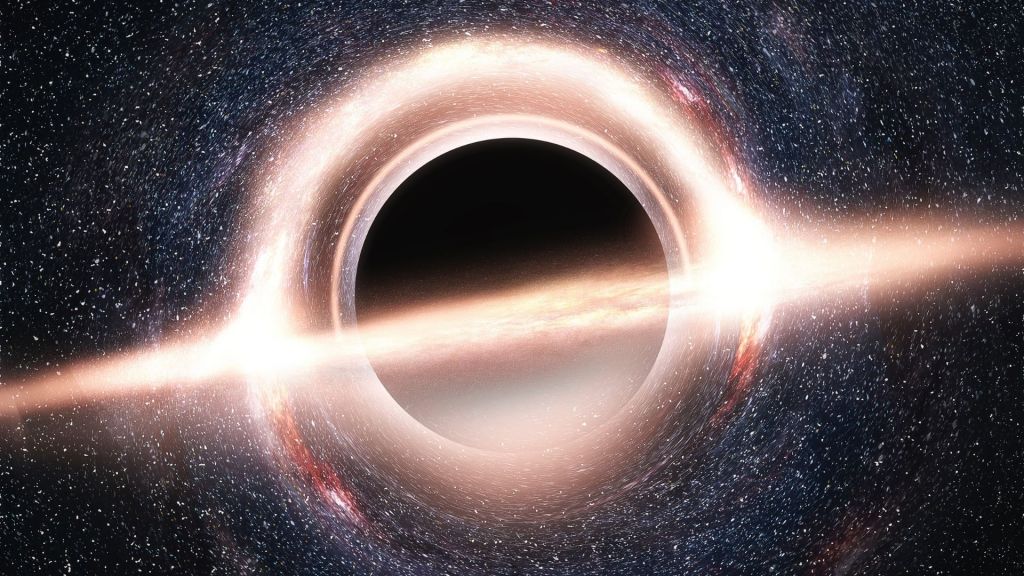In April 2019, scientists unveiled an astonishing portrait that used the dimensions of our entire planet as a massive telescope to peer deep into space. The subject was M87*—the first black hole ever to be directly imaged—which occupies the center of a galaxy located 55 million light years away.
The surreal picture, taken by the Event Horizon Telescope (EHT), was a major scientific breakthrough that attracted enthusiastic public interest. Now, scientists have demonstrated that this black hole wobbles in space and glitters in brightness over time. These dynamics could lead to new insights about this particular black hole, as well as the evolution of massive cosmic structures in general.
Videos by VICE
To show how M87* changes over time, an international team led by Maciek Wielgus, a Black Hole Initiative postdoctoral fellow at Harvard University, reconstructed the behavior of the black hole using observations from radio telescopes between 2009 and 2017, according to a study published on Wednesday in The Astrophysical Journal.
“We want to understand the fundamental physics in the extreme conditions in the vicinity of a black hole and learn about how the black hole interacts with the matter in its environment,” Wielgus said in an email. “Studying the dynamics of the crescent-like appearance of a black hole is a way to probe this fascinating environment.”
With an estimated mass equal to about 6.5 billion Suns, M87* is a hulking giant that sits at the core of the supergiant galaxy Messier 87, where it feeds on stars, gas, or any other matter that gets too close to it.
The shadowy center of the EHT image reveals the border of the black hole, known as the event horizon, beyond which no light or matter can return. The bright orange structure is the illuminated disk of super-heated material that is falling into the black hole, in a process known as accretion. This ring appears to be brighter on the bottom because the material happens to be rotating toward the direction of Earth, which gives it a radiance boost due to the Doppler effect.
The famous black hole photo was composed from a few nights of observations in 2017, when the EHT had come to encompass eight telescopes around the globe. Wielgus and his team confirmed that there are hints of the object’s basic structures in earlier EHT observations from 2009, 2011, 2012, and 2013. Though this older data is not detailed enough to generate images, the team was able to create geometric models and make simulated visuals of the black hole during those years.
These earlier datasets had been initially overlooked, because the EHT team was so focused on the high-quality measurements that led to the 2019 image of M87*. When Wielgus and his colleagues became aware of them, they realized they could retrofit the older datasets with the complex details of the final image in order to create a rough visual history of the black hole.
“It was a bit of a surprise to see how much of an actual model-constraining power is there in the old data sets, when we analyze them with the recently developed powerful statistical tools,” said Wielgus. “So this work evolved from a simple consistency check into a project investigating how much exactly can these old data, analyzed together, tell us about the M87* and its variability.”

The resulting timelapse demonstrates that the position and brightness of the object is influenced by the extreme turbulence of the accretion disk, caused by tidal forces near the event horizon.
The wobbling, glittering dance of the black hole over time is mind-bending to watch, but it’s also a useful window into the hidden dynamics of these cosmic behemoths. The region near an event horizon is one of the strangest zones in the universe, and an ideal testbed for fundamental physics, such as Einstein’s theory of general relativity.
“The vicinity of a black hole is an extreme environment where magnetic fields, hydrodynamics, relativity and particle physics all come together into a tangled, complicated physical system,” said Wielgus. “The involved energies are huge, the gas swirls with velocities approaching the speed of light and heats up to billions of degrees. So it’s really a fascinating laboratory, one we could never recreate here on Earth, for understanding fundamental physics.”
To that point, Wielgus and his colleagues found that the variations in the timelapse “are in broad agreement with predictions” from general relativity, according to the study. Future observations could shed more light on these fundamental questions about our universe, not to mention that they will give us an excuse to stare at the terrifying, beautiful, and otherworldly evolution of black holes.
“One big question is what is the spin of the M87*, how fast is it rotating, and what is the effect of this rotation on its environment, on the amount of matter and energy swallowed by the black hole, and ejected from the system or radiated away,” Wielgus said. “There is so much we don’t understand yet!”
More
From VICE
-

Photo: GK Hart/Vikki Hart / Getty Images -

Photo: ESA -

Screenshot: Jarrad Nolan / ATSB

